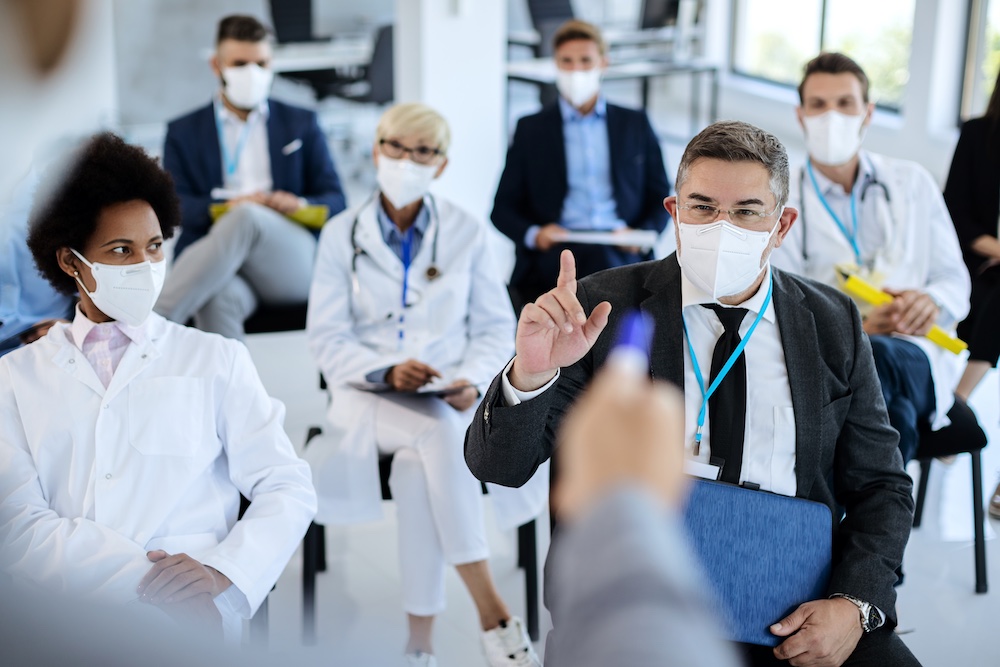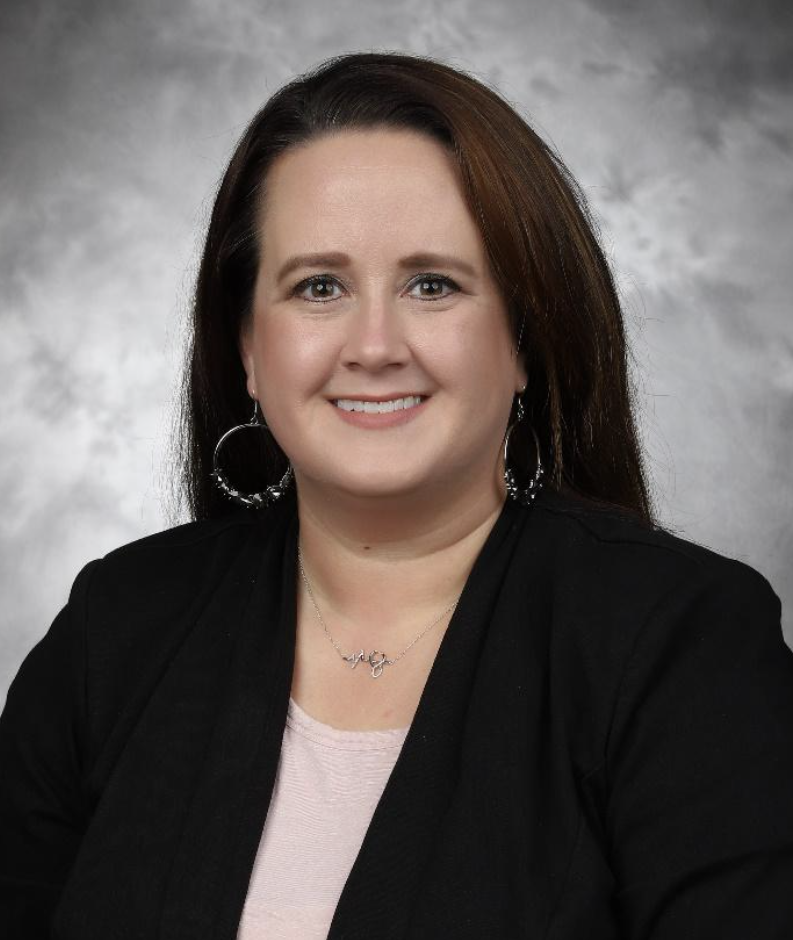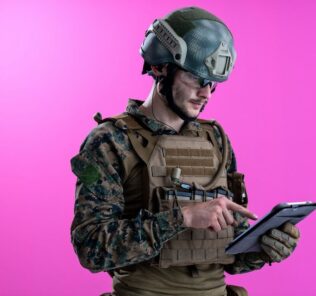How to Create a Safe, Effective Healthcare Simulation Learning Environment
How do we create a safe and effective clinical simulation learning environment? Learning is stressful and if the educator does not plan and prepare for a healthy clinical simulation learning environment, more learner stress can amount. As a result, learners who become increasingly stressed may block what educational information is presented to them. Thus, being able to supply a healthy learning environment is true to their benefit helps make healthcare simulation educators’ time more valuable and is to their benefit. Being able to gain experience acquiring difficult life-saving skills on simulators, rather than on humans, naturally extends learners a safe learning environment. This HealthySimulation.com article, written by Shelli Ellis DNP, RN, NE-BC, an NPD Specialist at Baylor Scott and White Medical Center-Temple, explains how educators can go about achieving this goal.
A valuable learning experience is difficult to obtain in real-life scenarios and the means to practice them can be challenging. The difference between healthcare and other professions is that to practice without healthcare simulation, one must wait for a human patient to have a life-threatening event to learn the necessary skills. For example, when performing an EKG, learners can practice placing the leads, electrodes, and learn how to use the machine 1,000 times on 1,000 healthy participants. Until a patient is having a real heart attack, ventricular fibrillation, or another critical heart rhythm all the educator has is examples of prior patients. Using a simulator, one can see heart rhythms of all varieties and perform life-saving tasks, allowing for such experiences is crucial for healthcare professionals.
Learning skills in healthcare is nerve-racking enough, but having an unpleasant experience while learning it can break a learner. Remember that high-school coach that would just yell at everyone? How many individuals would stay and play for that coach? My guess is not many. The same applies to healthcare; if we want to encourage new professionals to enter healthcare, educators need to supply a healthy and inspiring learning environment. The ability to practice and experience direct critical thinking and decision-making skills in a safe learning environment is the responsibility of experienced healthcare educators and professionals. Allowing for a healthy learning environment allows educators to provide learners with critical teamwork behaviors, such as managing high workloads and high-stress situations.
Sponsored Content:
So, how can one create a safe, healthy, and inspiring learning environment? First, allow mistakes to happen without punitive action. Allowing for mistakes to happen in the clinical simulation setting allows the learner to see the consequences of the mistakes. This can leave an impression without detrimental consequences in the healthcare setting. Ultimately, making a mistake within a healthcare simulation is much better than doing so at the bedside.
Second, introduce the medical simulation setting and convey to learners that this is a safe learning environment and mistakes are able to be made. Allowing this culture to inhabit the healthcare simulation environment will enhance the learner’s ability to learn and keep the information. Third, allow for an in-depth debriefing to occur so that learners can effectively process the clinical simulation that they just took part in. By doing so, the learner leaves the event having an opportunity to have asked questions, reflect on tasks and assessments performed, and ultimately gain performance knowledge.
The fact is that real healthcare events and the pace that is required for one do not allow for an ideal learning environment. To debrief and review performance after a real event is difficult and learners usually take away emotions rather than knowledge. Further, most learners and inexperienced staff are told to stand and watch when a real event is going on. Please, do not think this is just for the new learner, this is for the experienced learner as well. Most people use the clinical simulation for new learners, but the practice can and should also be used with experienced learners as well to master clinical skills. Think of a professional athlete; they practice the same movement over and over until the skill is muscle memory. This is the same concept with clinical simulation.
The ability to have a wide range of learners helps those who are newer to the field grow confidence and helps experienced learners master skills. Having the opportunity to be able to have a high-quality clinical simulation that does not present itself enough in real-time can help form a resolute team as well. Combining new and experienced learners in the healthcare simulation setting allows for cohesiveness, trust, and teamwork to support the growth of a team as well. Being able to provide constructive feedback and praise to staff during a debrief can, in my experience, bring a team together to last.
Sponsored Content:
Another important note: NEVER, NEVER, NEVER forget to praise. Learning a new skill, especially if it is a critical one, can be stressful enough. Imagine a new physician resident who has never had the opportunity to intubate a patient or simulator coming into a medical simulation event. The medical simulation begins and this resident is assigned to intubate, and the skill does not go well. Instead of telling this resident everything they did wrong, instead, start with what he did well. Jumping straight to what needs to be better is easy, but focusing on what went well is just as important.
This is where a learner finds their strengths. When they are in that situation again, they can then jump in and complete the task efficiently. Not all learners are going to be great at everything, in fact, there will always be little that they are great at, a little that they are good at, and a lot they need to learn. A saying that is used in my healthcare simulation lab is, “This is where you come to mess it up and learn from it.”
Overall, healthcare is stressful from the bedside to the operating room to the discharge planning. Clinical educators and healthcare simulation staff must do what they can to make the learning environment a safe and nurturing one for everyone involved. No one knows everything, and we all can learn something. Clinical simulation educators and learners should all have the mentality that working together to make clinical simulations a safe and welcoming environment is a best practice – one healthcare simulation and one learner at a time.
Learn About Creating a Safe Remote Learning Healthcare Simulation Environment
Dr. Shelli Ellis, DNP, NE-BC, is the Nurse Professional Development Specialist for Baylor Scott & White Health in Temple, Texas. Her career focus has been nursing leadership and medical education. Dr. Ellis has recently graduated with her Doctorate of Nursing Practice from the University of Texas at Arlington in Arlington, Texas. Starting in nursing in 2001 serving the profession and making it better every day has been a goal of Dr. Ellis. When not at work she loves spending time with her husband and two children in Central Texas.
Sponsored Content:





















